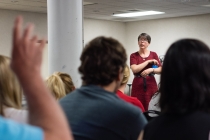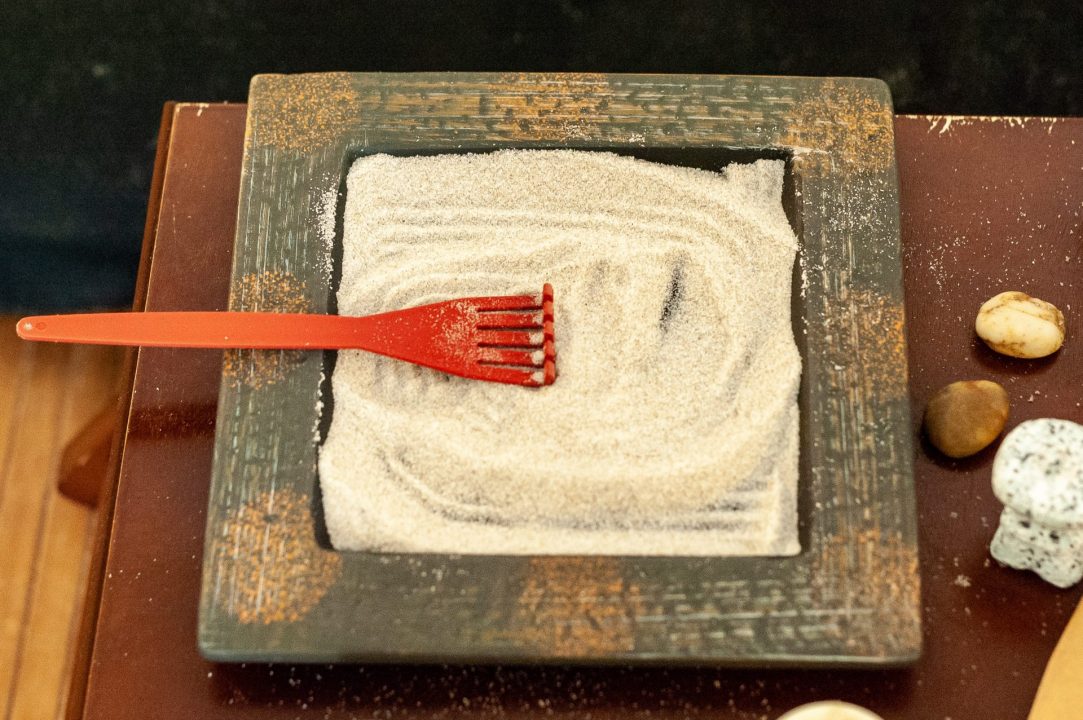Shannon McSheffrey visited the UMBC community last Thursday to give a riveting lecture entitled “Digital Humanities and Imagining Medieval Women’s Lives: Putting Marriage and Sex on the Internet.” Sponsored by the MEMS minor, headed by professor Katherine McKinley, the presentation gave insight into the world of medieval women’s lives and the modern interpretation of their practices.
McSheffrey, visiting from Concordia University in Montreal, is an award-winning author and professor specializing in late medieval history. The lecture focused on the single case study of Margaret Heed, a young woman in 1488 London, discovered by McSheffrey in her research. Due to the lack of independence and the objectification of young women in this period, Heed was forced into an arranged marriage to increase her family’s wealth and status. She was physically and verbally abused, taken away from the man she truly loved and forced to marry another, much older man.
Heed’s story highlights the differences in today’s society, especially the modern view of women and the growth of feminism in the world. “Studying issues or relationships familiar to our own lives, such as decisions about marriage or ties between parents and children, amongst people who lived in a world very unlike ours sheds light on how structural differences in society affect how people approach and think about their lives,” said McSheffrey. “It helps us to take apart our own unexamined assumptions about these same issues today.”
McSheffrey stressed how digitized archives have made her life and the lives of all researchers, much easier. “Digital humanities tools help us uncover more evidence about the past, for instance through the availability of archival materials on the internet or the search capabilities of databases and even ordinary search engines.” With digital pictures, computers and archival databases, researchers can have years of archives in front of them at once.
Refreshments were served after the lecture, as students and faculty alike chatted about what they learned. “I wasn’t sure what to expect,” said Jackson Bando, a freshman history major. “But she actually made the subject matter really interesting. It’s cool how she was able to piece together one girl’s story just through different pieces of evidence and things.”
With the growing use of digital archives and the humanities, researchers like McSheffrey hope to continue piecing together stories like that of Margaret Heed. “Through analytical database programs and other kinds of software, [we can] put pieces of evidence together, which we might otherwise never be able to match, revealing new and illuminating patterns or relationships that can completely change our interpretations of the past.”





